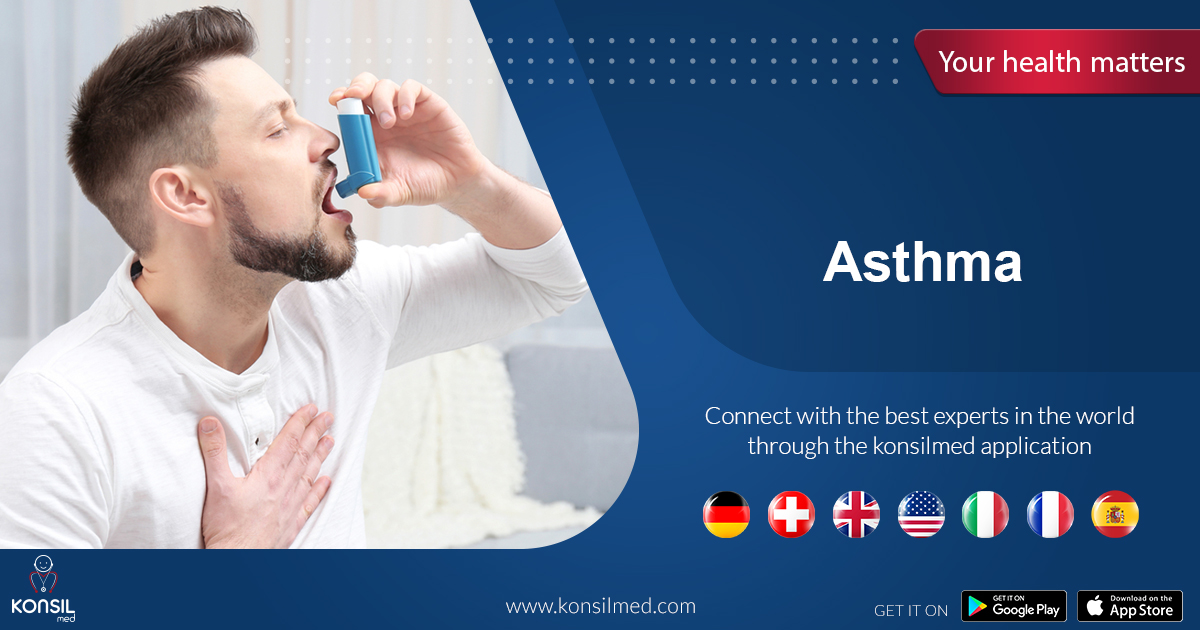
Asthma is a chronic disease that affects humans as a result of inflammation and narrowing of the air passages in the lungs or bronchi, which reduces or prevents the flow of air into these bronchi, causing recurrent bouts of shortness of breath that are accompanied by wheezing in the chest area and some other symptoms.
The muscle that surrounds the bronchial tubes contracts and a large amount of phlegm accumulates in the airways, leading to their blockage. Accordingly, the symptoms of asthma range from mild crackles and wheezing when breathing to asthma attacks that may endanger life, knowing that children are more susceptible to the disease.
There is no cure for asthma, but it is possible to control its symptoms by using different methods.
If asthma is not under supervision and follow-up, it may cause frequent and prolonged absence from school or work, which may reduce the level of productivity. The severity of asthma changes over time in most people, so it is necessary to undergo constant health monitoring and follow-up, monitor indicators and symptoms, and adapt asthma treatment as needed.
Asthma is divided into 4 general categories:
1- Light successive:
Mild symptoms from two days a week to two nights a month
2- Light constant:
Symptoms more than twice a week, but not more than once a day.
3- Moderate constant:
Symptoms once a day and more than one night a week.
4- Very stable:
Symptoms throughout the day on most days, often at night.
Asthma symptoms:
Asthma symptoms range from mild to severe and vary from one person to another. Mild symptoms may appear, such as: wheezing and crackles during breathing. Asthma attacks may occur from time to time. Asthma symptoms may appear mainly at night or only when exerting physical effort.
1. Symptoms and signs of asthma:
*shortness of breath.
*Contractions or chest pain.
*Sleep problems due to shortness of breath.
*Cough, wheezing, or rattles when breathing.
*Bouts of coughing or crackling during breathing, which become more severe as a result of infection of the respiratory tract with a virus, in cases of colds and influenza, for example.
2. Signs of worsening asthma:
*Worsening of symptoms: an increase in the severity and frequency of symptoms of the disease.
*A decrease in maximum airflow rates: which is measured by a maximum expiratory velocity meter, which is a simple device designed to measure the level of lung performance.
*An increasing need to use bronchodilators: These are medications that open the airways by relaxing the muscles surrounding them.
It is necessary for an asthma patient to be under medical supervision permanently, to examine whether there is a need to increase the medication dose and the timing of its increase, or to take other measures to treat the symptoms.
However, if the asthma continues to worsen, there may sometimes be a need to go to the hospital. The doctor can help diagnose the signs and symptoms that require going to the hospital emergency room, so that the patient is aware of the situations in which he should go to receive help.
Causes and risk factors of asthma:
It is not clear why some people develop asthma while others do not, and it is likely thought to be the result of a combination of environmental and genetic factors.
The factors that trigger asthma vary from one person to another, as exposure to a large number of substances that cause hypersensitivity can trigger signs and symptoms of asthma, including:
*Substances that cause allergies carried in the air, such as: flower pollen, animal scales, mold, dust mites, and cockroaches.
*Inflammation of the respiratory tract, such as in the common cold.
*Physical activity.
*cold air.
*Air pollutants, such as: smoke.
*Certain medications, including beta-blockers, aspirin, and other anti-inflammatory medications that do not contain steroids.
*Extreme emotion and tension.
*Preservatives added to some food products.
*Gastroesophageal reflux disease, which is a condition in which acids from the stomach back up and reach the throat.
*Menstrual cycle in some women.
*An allergic reaction to types of food, such as pistachios.
Asthma is a widespread disease that affects millions of adults and children. It is also diagnosed annually in increasing numbers of people, but the reason for this is still unknown.
Asthma risk factors:
*Previous cases of asthma in the family.
*Recurring respiratory infections in childhood.
*Passive smoking.
*Living in an urban area, especially if the air pollution there is high.
*Exposure to factors that may cause disease in the workplace, such as: chemicals in factories, materials used in agriculture, and materials used in hairdressing.
*Giving birth to a baby with a low birth weight or excessive obesity.
Asthma complications:
Asthma can cause many complications, including:
*Go to the emergency room and stay in the hospital for acute asthma treatment.
*Permanent narrowing of the bronchi.
*Side effects resulting from the use of certain medications to treat acute asthma for a long time.
Asthma treatment:
Asthma treatment often includes avoiding factors that trigger attacks and taking one or more medications. Asthma treatment varies from one person to another, and the majority of people with persistent asthma use a combination of long-term asthma control medications and quick-relief medications taken by inhaler.
Since asthma changes with time, there is a need for medical follow-up to monitor symptoms and to know the adjustments and changes that should be made in the treatment regimen to always remain appropriate for the disease.












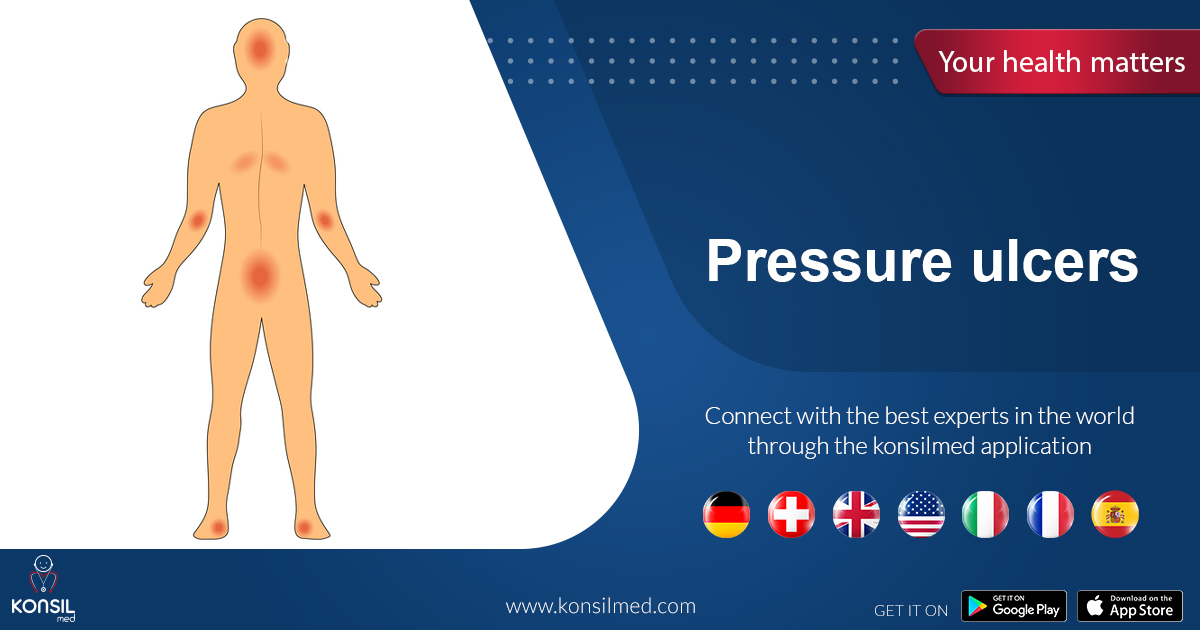





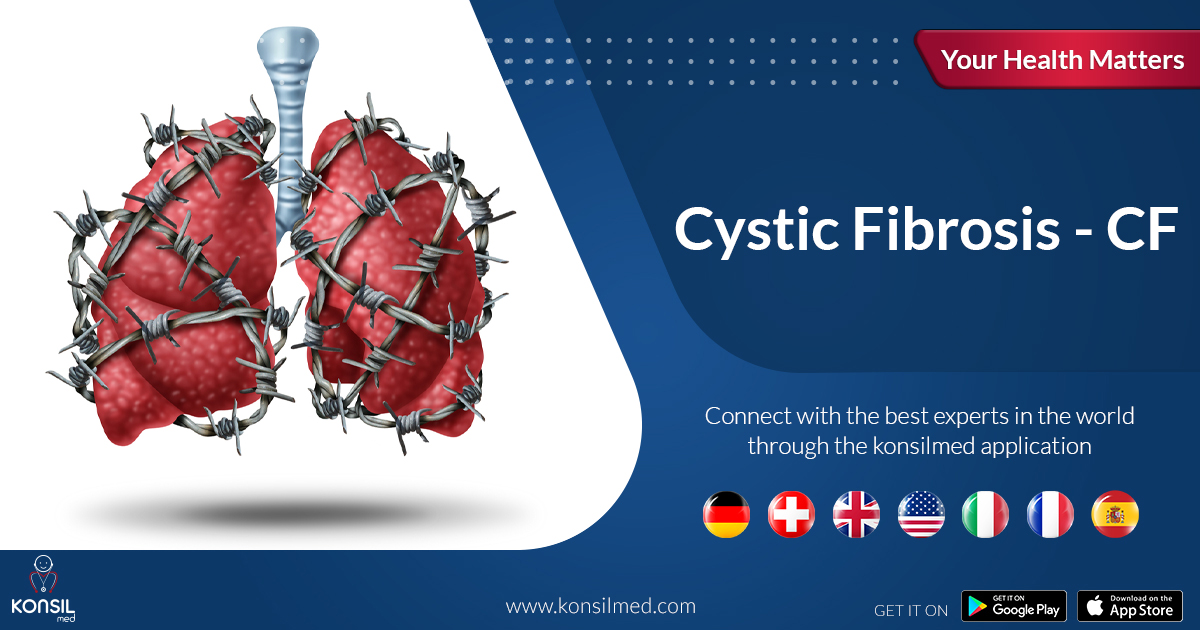



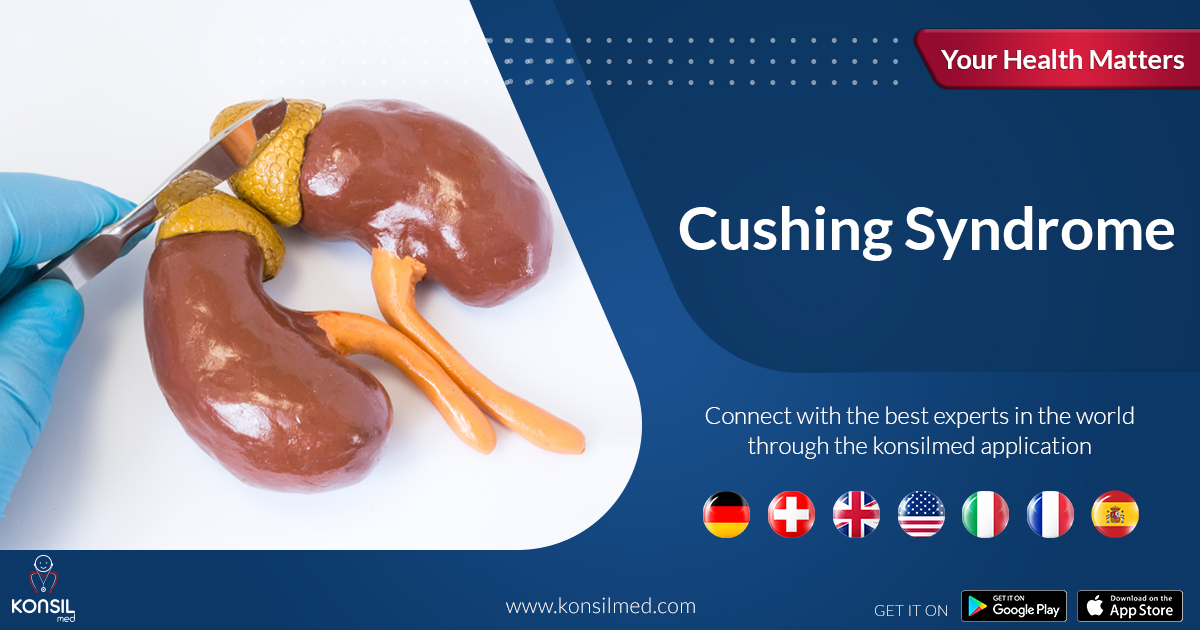


















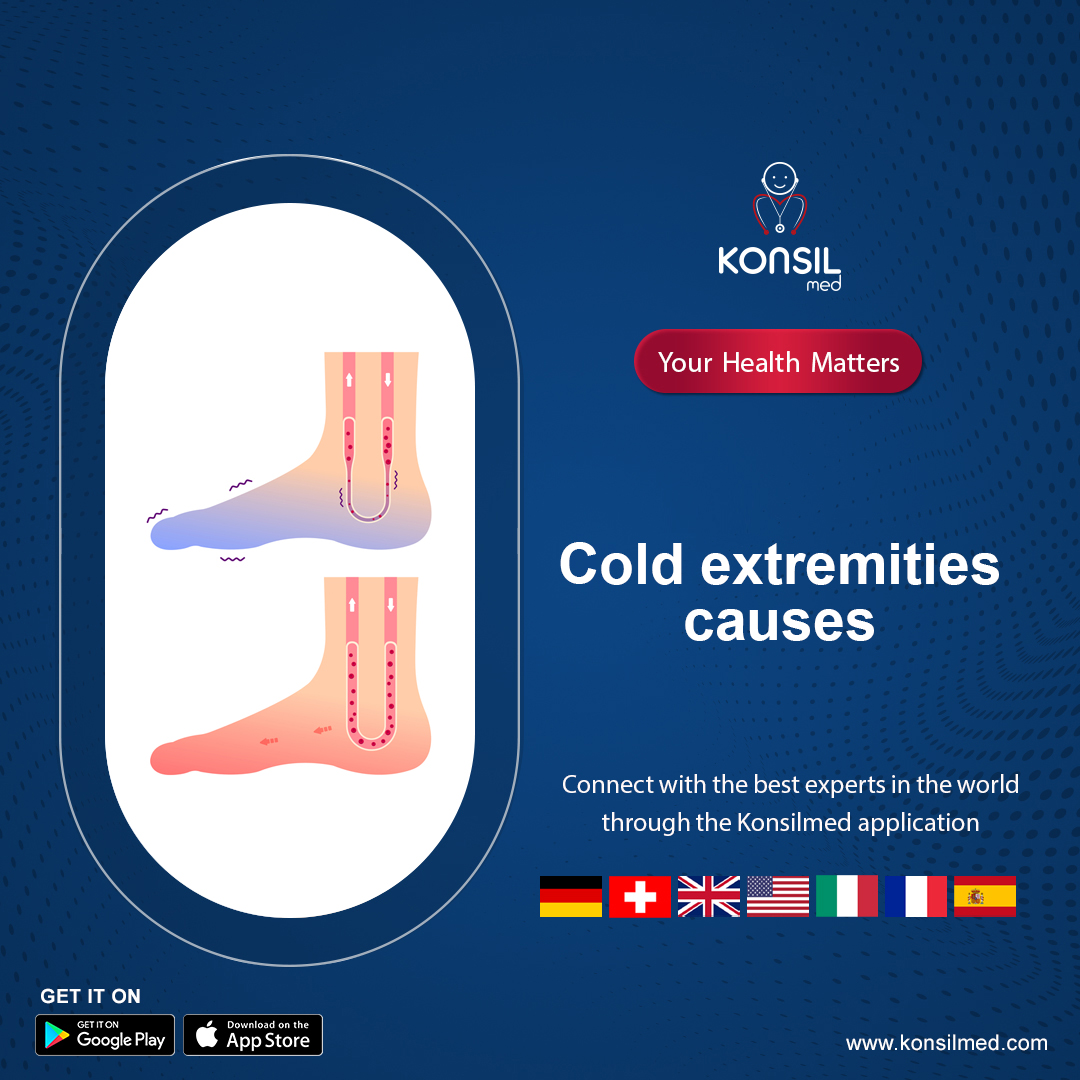

























.jpg)
.jpg)